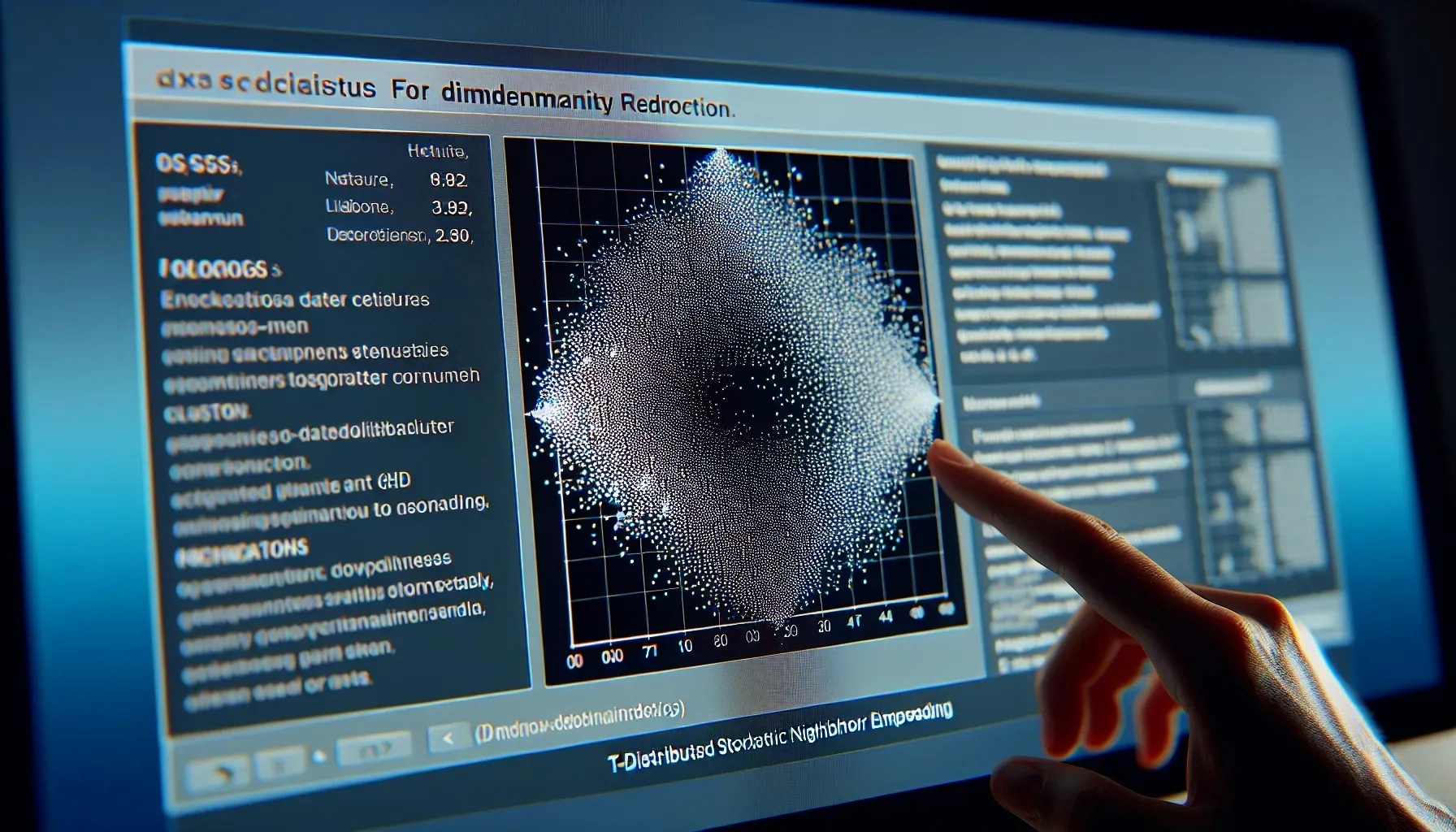What Are Successful Strategies for Reducing Data Dimensionality?
In the complex world of data science, reducing dimensionality can be crucial for efficiency and clarity. We've gathered insights from Machine Learning Engineers and a Data Analyst on their successful strategies. From leveraging t-SNE with Autoencoders to employing Boruta for feature selection, here are four powerful techniques used in real-world scenarios.
- Leveraged t-SNE with Autoencoders
- Utilized PCA for Customer Data
- Applied Evolutionary Algorithms in Real Time
- Employed Boruta for Feature Selection
Leveraged t-SNE with Autoencoders
Through the work I undertook in developing an AI-powered search engine for financial data, I was confronted with a data landscape that was not only voluminous but also highly dimensional, filled with complex numerical data and intricate relationships between financial indicators. To address this, I turned to t-distributed Stochastic Neighbor Embedding (t-SNE) combined with autoencoders, an innovative approach that allowed me to reduce the dimensionality while preserving the complex relationships between data points. The autoencoders helped in initial data compression, capturing essential features in a lower-dimensional space, and t-SNE was then applied for fine-grained visualization, revealing key patterns and anomalies that were not apparent in the high-dimensional space.
This method not only enhanced my analytical capabilities but also uncovered insights that traditional methods could have missed, demonstrating the power of leveraging advanced machine learning techniques for data dimensionality reduction.

Utilized PCA for Customer Data
In collaboration with the finance and marketing teams, I successfully employed Principal Component Analysis (PCA) to distill our customer usage data, encompassing metrics such as browsing history, speeds, and demographics. Through PCA, we identified key drivers of subscription choices, such as customer demographics, internet speed preferences, and device usage patterns.
This streamlined analysis empowered both teams to tailor marketing strategies and subscription plans more precisely to meet customer needs. By reducing the data's dimensionality, we improved decision-making efficiency and customer satisfaction, aligning our efforts with business objectives effectively.

Applied Evolutionary Algorithms in Real Time
Multi-sensory output had to be non-linearly regressed, in real time, for controlling a geo-surveying machine. Popular ML methods can be too slow at inference when resources are constrained; that's why I tried Evolutionary Algorithms. They reduced a high-dimensional correlation into a simple polynomial equation, not perfectly, but well enough to be useful in the field.

Employed Boruta for Feature Selection
To reduce the dimensionality of data before building a supervised learning model, I have utilized Boruta, which is a wrapper for a random forest. This method works for any classification or regression problem. Boruta will recommend which features should be retained for model training based on how strongly they relate to the target variable. Although Boruta helps improve the accuracy of your model, it has a rather significant computation time and, therefore, may not be suitable for all cases.


